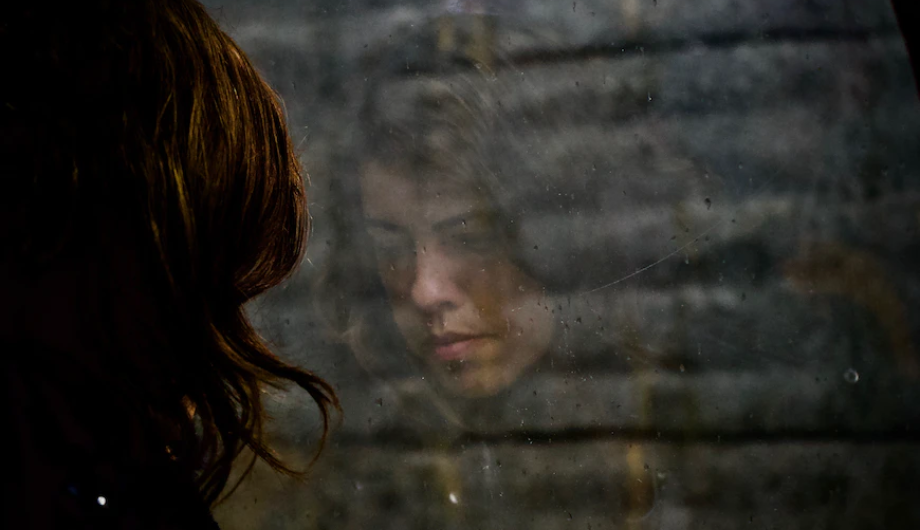
For the majority, parents, carers or educational staff initiated the referral into the service; young people very rarely referred themselves. I suspect this was due to the stigma associated with ‘mental health’ and a lack of knowledge of the support available.
However, a pattern did emerge. The aim of adults making referrals was primarily about ‘stopping’ certain behaviours, rather than ’understanding’ why the young person might be behaving in that way in the first place.
One issue repeatedly presented by young clients either living in abusive households or in abusive intimate relationships themselves, was a sense of helplessness. Due to their age, limited support provision, and an inability to live independently, young people had limited choices. They felt the only option was to ‘endure’ rather than feeling a sense of control over what they could do to improve their situation and in turn their mental health.
This was true for both young men and young women; however, the coping strategies varied with young men presenting as disruptive and aggressive; and young women presenting as withdrawn and demonstrating higher levels of self-harm.
So, when considering this age group, how can practitioners respond? Counsellors and mental health practitioners need to have good knowledge about domestic violence and abuse, and when making assessments need to ask questions about family dynamics. This needs to be done in a creative, evocating way as some young people will not know that they are living with domestic abuse; this may be all they know and they may not yet recognise it as abusive.
Additionally, therapists need to understand effective risk assessment and how to respond appropriately. Domestic abuse is a safeguarding issue and needs to be addressed as such. This can place a pressure on the therapeutic relationship, but we all have a duty of care to protect children.
The impact domestic abuse has on development and sense of self is huge, and we see this reflected in some of the recent research in Adverse Childhood Experiences (ACEs).
As a child that was exposed to domestic abuse throughout adolescence, I know first-hand that support for young people and their mental health is fundamental. In my case, I developed an eating disorder; accompanied by self-loathing, low mood and social anxiety. During this period, this felt all consuming – and even now in adulthood, it can influence how I feel in social situations and my levels of self-acceptance. Although there was no physical violence, the psychological abuse and coercive controlling behaviour eroded my sense of self and created a general sense of uncertainty and fear whenever I was home.
So what helps? From my experience being open, honest, respectful, non-judgemental and creative are the key components to engaging with young people. Faking it is pointless, young people see straight through it and you lose any credibility that you might have had with them. We need to remember that this might be the first time they are discussing their mental health and/or exposure to domestic abuse and therefore we need to be ourselves if we expect them to be the same! I have found that saying things aloud makes it extremely real for some people and in some cases this in itself can be challenging and traumatic.
Trauma exposure during this pivotal time of neurological and identity development can go on to influence us throughout our life and can shape our coping strategies as adults and parents. Let’s not do young people an injustice by only seeing their symptoms; let’s properly consider what might be going on for them within their homes and relationships and what they need to feel safe and achieve positive mental health. We have a responsibility to encourage young people to talk about their mental health and to celebrate the courage this takes.

